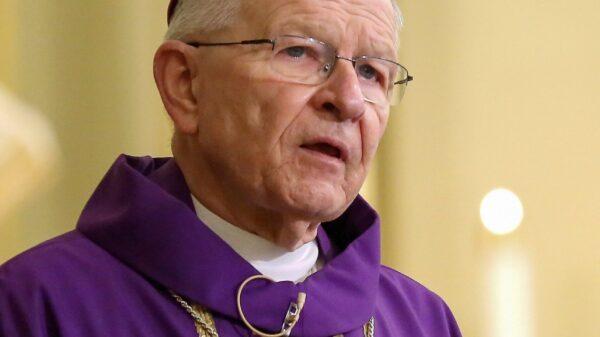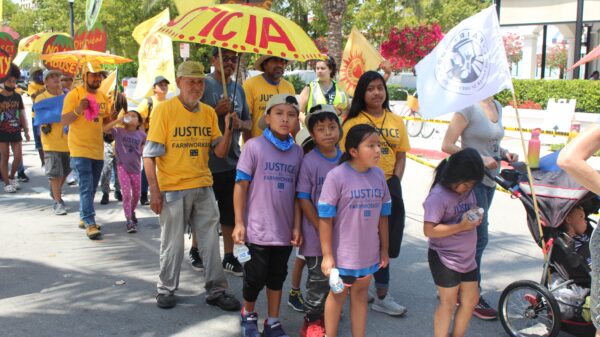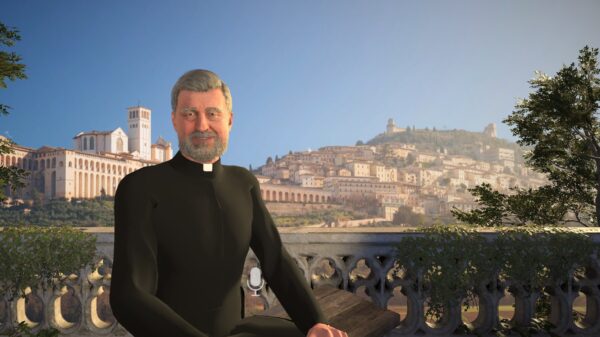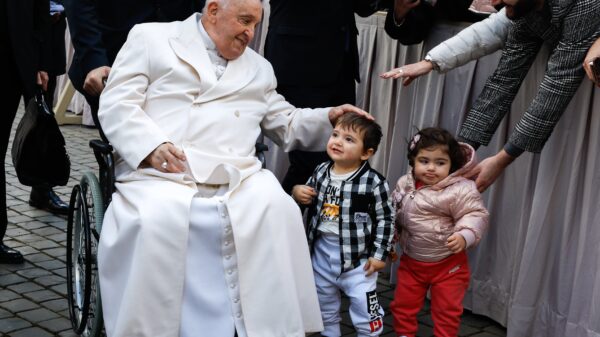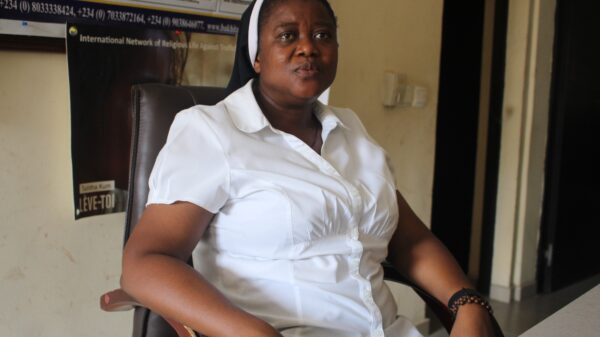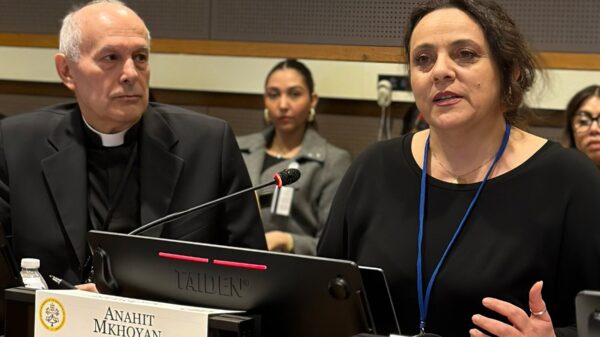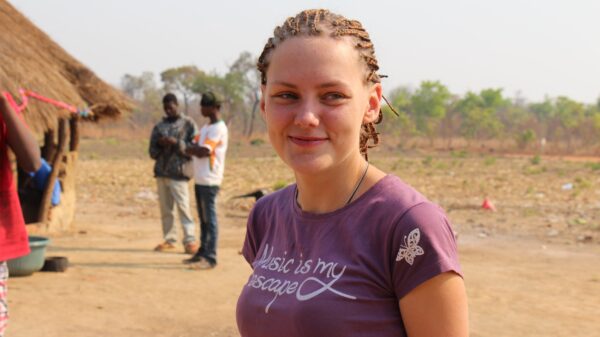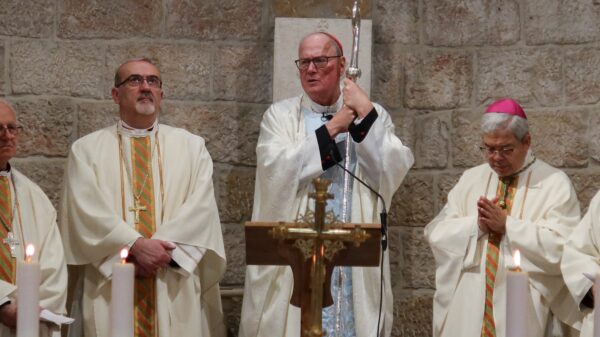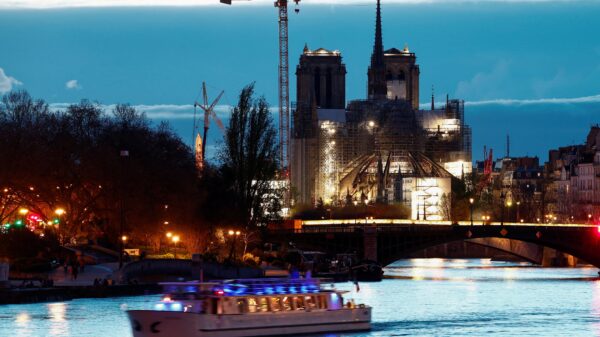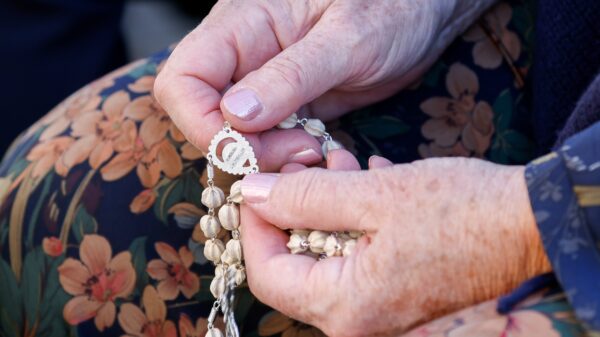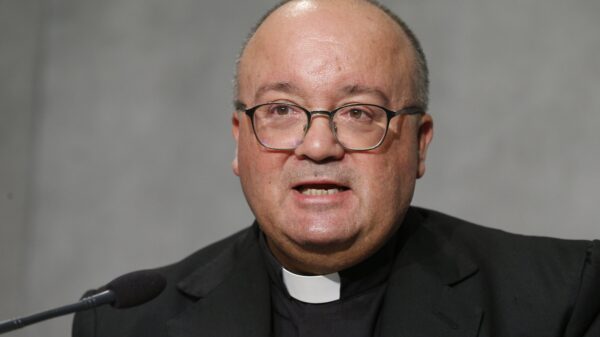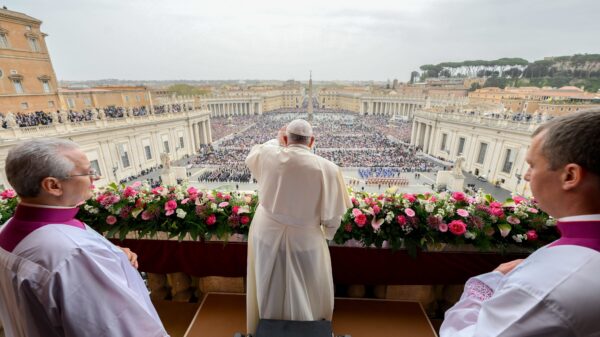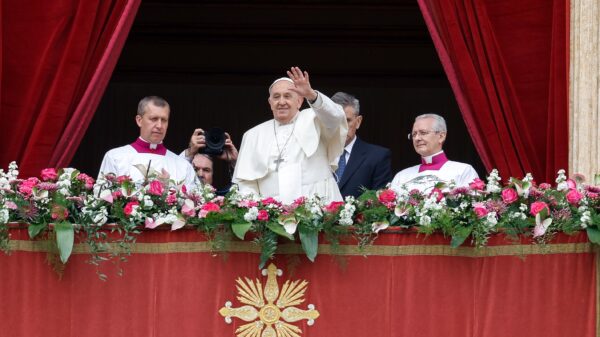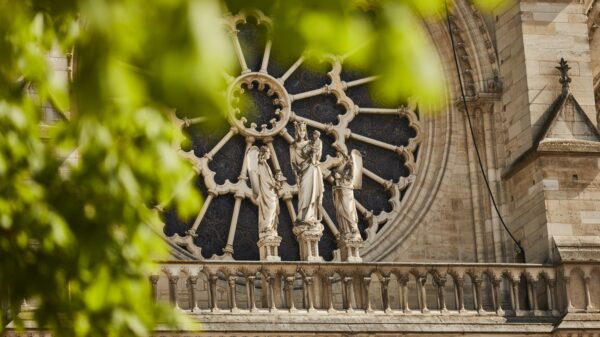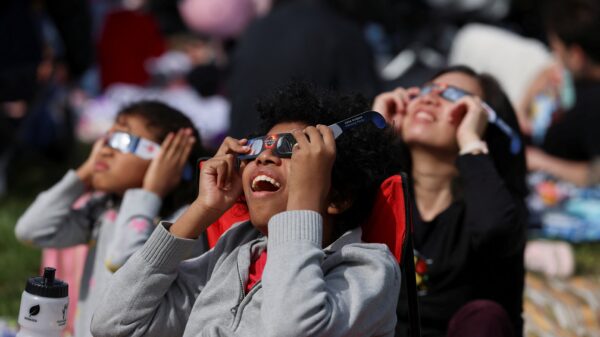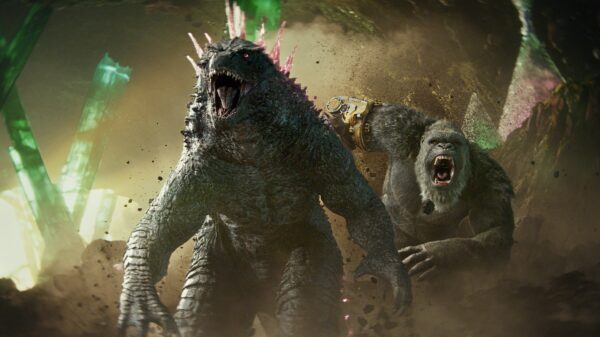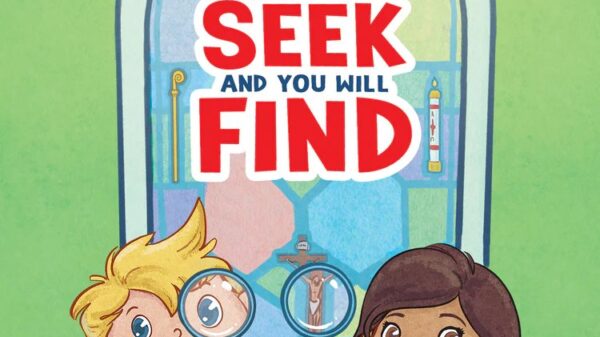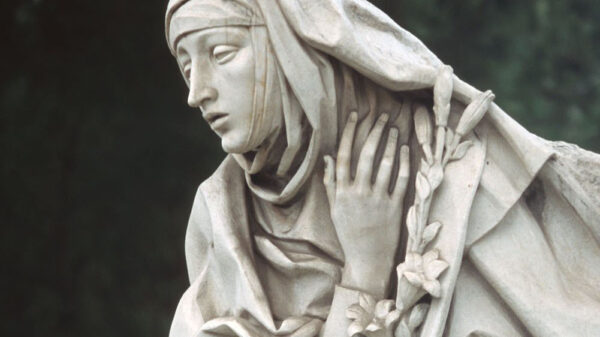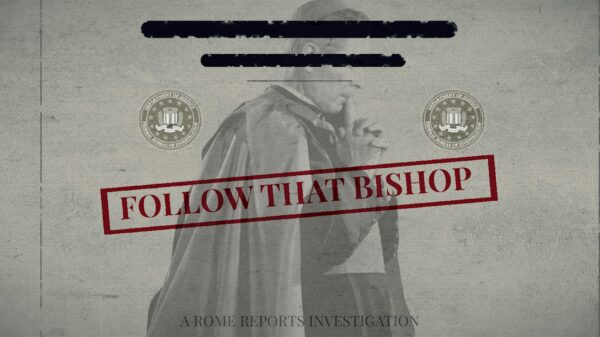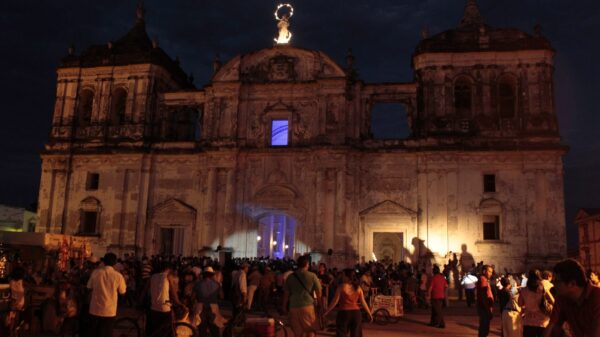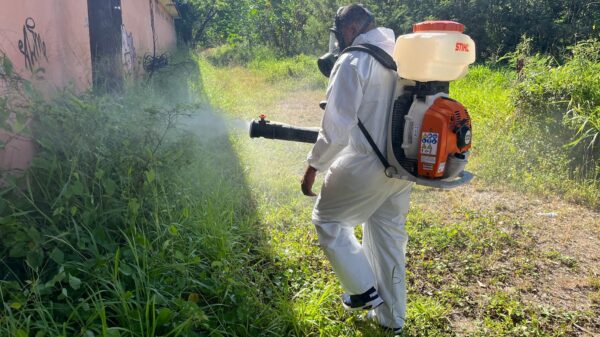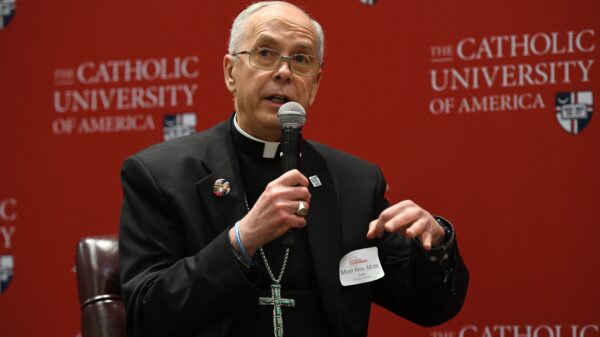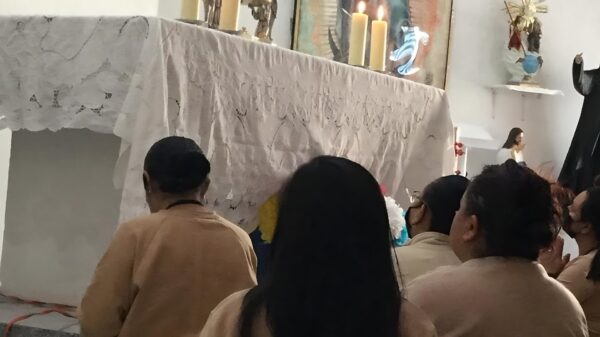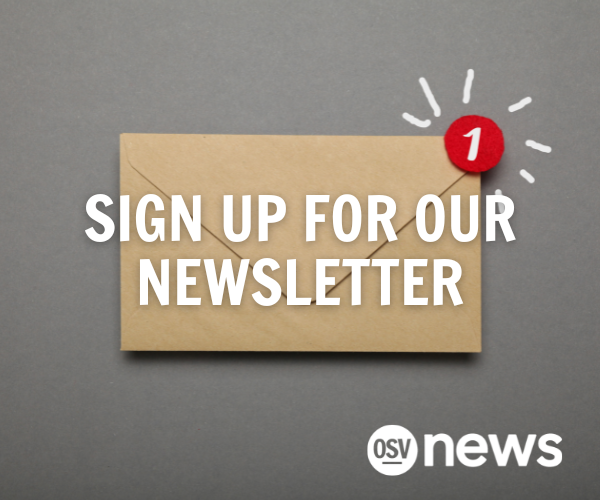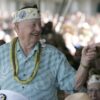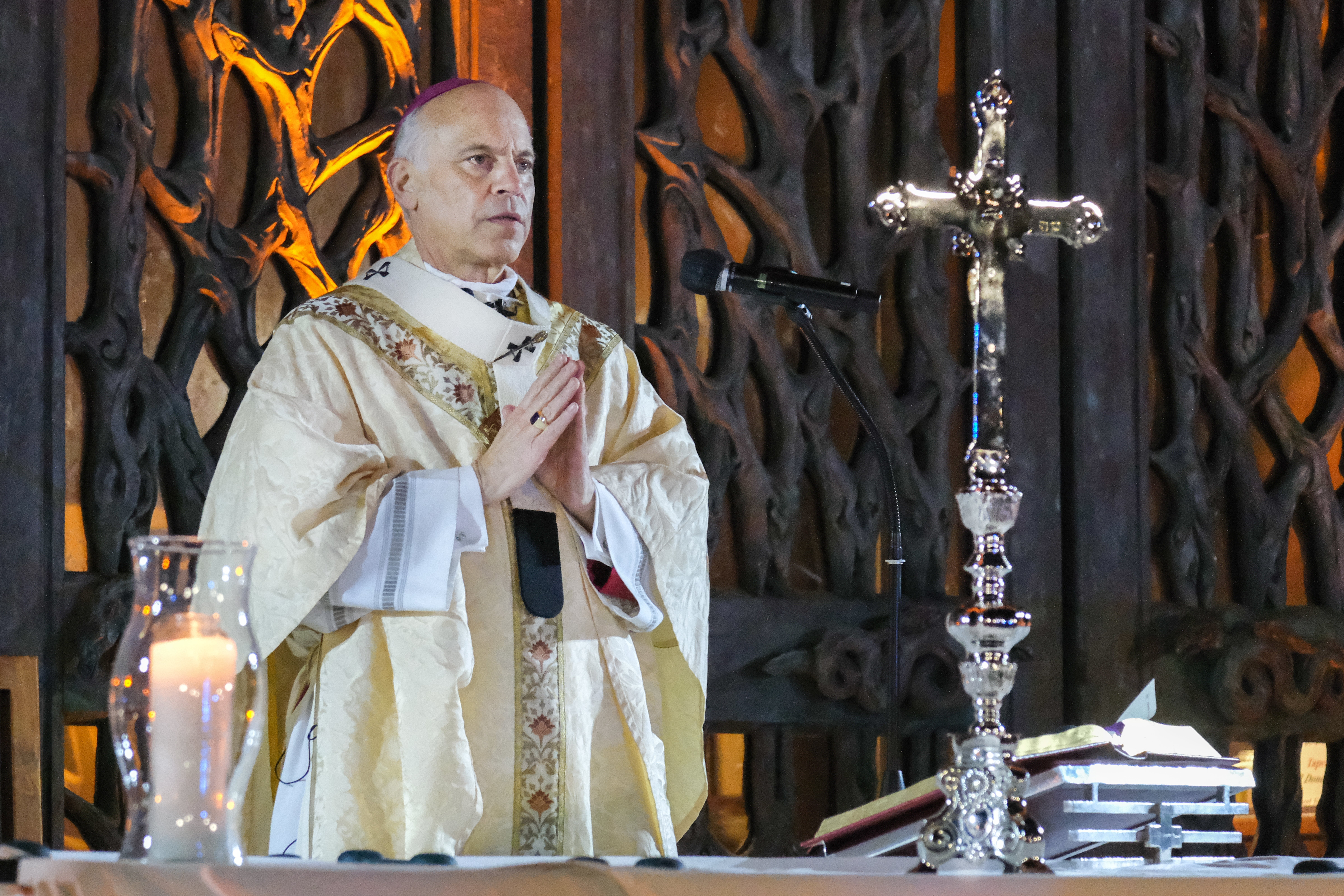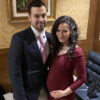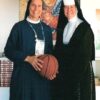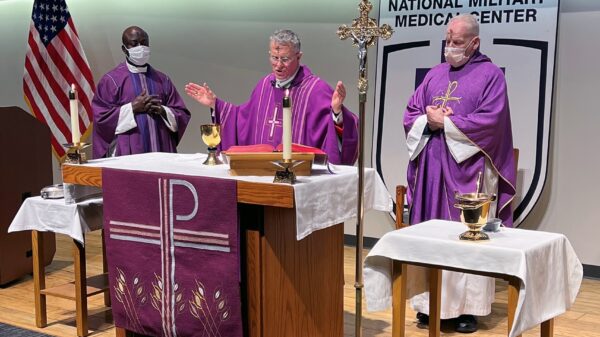LOUISVILLE, Ky. (OSV News) — On a Saturday afternoon, Catholics and other people of faith and goodwill came together to perform a work of mercy — and work of justice — in Louisville’s St. Louis Catholic Cemetery.
In a 90-minute event called “Remembrance: Reading of the Names,” the names of 1,630 Black people who lived under slavery or in freedom, buried in the cemetery between 1867-1937, were read aloud.
But the reading of names sought to repair a long-standing deprivation of dignity Catholics owe the dead: The bodies of these African Americans lie in unmarked graves in two sections of this Catholic cemetery.
“Reading these names is important, because in remembering them, we also remember that they were all a child of God,” Louisville Archbishop Shelton J. Fabre, who also is African American, told OSV News prior to the ceremony.
The gesture was a joint undertaking of the (Un)Known Project, the Sister Thea Bowman Society and the Center for Interfaith Relations.
Deacon Ned Berghausen, who teaches theology at Assumption Catholic High School in Louisville and also belongs to the Sister Thea Bowman Society, was lead researcher on the effort.
“I spent hundreds of hours — totaling in all 13 months — on the project to get it done, including reading up on Black Catholicism,” Deacon Berghausen, whose ancestry is European, told OSV News.
The deacon’s research took him to Black churches in Louisville, where he discovered in their archives, burial records spanning the period from 1867 to 1937. “All of the names were of first generation Black people (then) living in the area,” Deacon Berghausen said.
He noted that during the Reconstruction era following the Civil War, “there was an influx of formerly enslaved Black Catholics into Louisville from rural areas where — due to vigilante activity and such — it had become too dangerous to stay.”
“I am seeing a growing interest in preserving and protecting Black Catholic heritage sites — churches, etc. — rather than see them turned into parking lots and the like,” Deacon Berghausen said.
“I hope this interest continues, because the murders of George Floyd and Breonna Taylor awakened many people to the extent of racial injustice in our criminal justice system,” he said, referring to two African Americans whose lives were unjustly taken by law enforcement in 2020.
Rosemary McAdams and Linda Fitzgerald assisted Deacon Berghausen in his research by creating family ancestry trees. McAdams said she worked from a list of names given to her that ranged from infants up to very elderly people.
“I entered the information that I was given, and got it (the ancestry part) started, by creating the trees, but that is all,” McAdams said. McAdams regretted not being able to attend the event, owing to a broken arm, but said she also joined the Sister Thea Bowman Society “because I wanted to educate myself more about Black Catholics.”
Sister Thea Bowman (1937-1990), grew up in Canton, Mississippi, after her parents returned there from New York to respond to the medical and educational needs of Black families in the violent twilight days of Jim Crow. Sister Thea, a former Methodist who became Catholic as a child, joined the Franciscan Sisters of Perpetual Adoration as its only Black member and participated in the Civil Rights Movement. She would make a lasting mark on U.S. Catholic intellectual and cultural life in the 20th century, emphasizing the gifts that Black Catholics bring to the church, and is currently one of six African Americans with active causes for canonization.
Linda Fitzgerald, who is white and a member of the predominantly Black St. Martin de Porres Parish, spoke about the painful contrasts raised by the Remembrance project.
“I had a wonderful experience with successfully finding my own ancestors and feel terribly sad that so many Black people cannot find their ancestors. Their family members are listed as property — something which makes this project complicated and disturbing — but it has to be done,” Fitzgerald said.
“We are fortunate that this cemetery is both a Catholic one and well-maintained, with good records that are in digital format and will make it easier for families to find their ancestors,” Fitzgerald said.
Local poetess and activist Hannah Drake, also co-founder of the (Un)Known Project, told OSV News, “I wanted to do something more to honor them, and hopefully if a descendant of one of our named persons attends the ceremony, that person will now know about us.”
“My great, great grandparents were enslaved in South Carolina, and when a woman who lives there heard about our work, she contacted me,” Drake said.
“It is a start for Kentucky to acknowledge that, even in death, segregation existed,” Drake said.
However, much more work has to be done — a consequence of the Catholic Church’s institutions for centuries involving themselves deeply in American slavery instead of heeding those who opposed it in obedience to the Gospel.
“There is a constellation of unmarked grave sites for people of Indigenous American and African descent located at scores of American Catholic convents, monasteries, seminaries, schools, parishes, missions and orphanages,” said Shannen Dee Williams, associate professor of history at the University of Dayton in Ohio, who also is the author of “Subversive Habits,” a history of American American women religious.
In comments emailed to OSV News, Williams noted these unmarked graves were meant for people who “whose stories were never meant to be remembered.” But she explained recovering these stories — and telling the historical truth about the white Catholic leaders’ role in colonialism, slavery and segregation’s violence — are essential to understanding the Indigenous and African roots of the American church and facilitating genuine racial healing.
But efforts are taking place in various places to undo the neglect of past generations and care for the departed, recognizing their equal dignity and even bringing them out of obscurity.
“We are at the beginning of our (remembrance) project,” Fitzgerald said, noting that the Baltimore and Washington archdioceses “are much further along with theirs.”
One such project to bring delayed justice to enslaved Black people began in January 2023 at Sacred Heart Church in Bowie, Maryland. The clean-up project of an area located below the parish cemetery also includes what will be a years-long effort to locate unmarked remains of enslaved individuals who worked on the property, a Jesuit-owned plantation from colonial times up through the Civil War.
Patricia Zapor, director of media relations for the Washington Archdiocese, told OSV News that the effort began with Cardinal Donald W. Wuerl, Washington’s retired archbishop and the immediate predecessor of Cardinal Wilton D. Gregory who is the country’s first African American cardinal and current archbishop of the nation’s capital.
“The archdiocese began locating and memorializing locations where enslaved people lie in parish cemeteries, often without name markers,” she said. Zapor noted that parish records “are incomplete in many cases,” however since last year “these efforts have gained traction in multiple locations.”
On Feb. 3, 2018, the men and women who lived under slavery, and were buried in unmarked graves within the Washington Archdiocese, were honored with a special vigil Mass at the Basilica of the National Shrine of the Immaculate Conception in Washington.
Cardinal Wuerl blessed and dedicated commemorative plaques honoring them and destined for each of the archdiocese’s five major cemeteries. Each plaque bears this inscription: “Dedicated to the memory of those unknown who were enslaved and buried throughout the Archdiocese of Washington.”
The image of Christ crucified on the cross stands atop each plaque and at the bottom reads this quotation from Wisdom 3:1: “The souls of the just are in the hand of God, and no torment shall touch them.”
Robert Alan Glover writes for OSV News from Kentucky.


